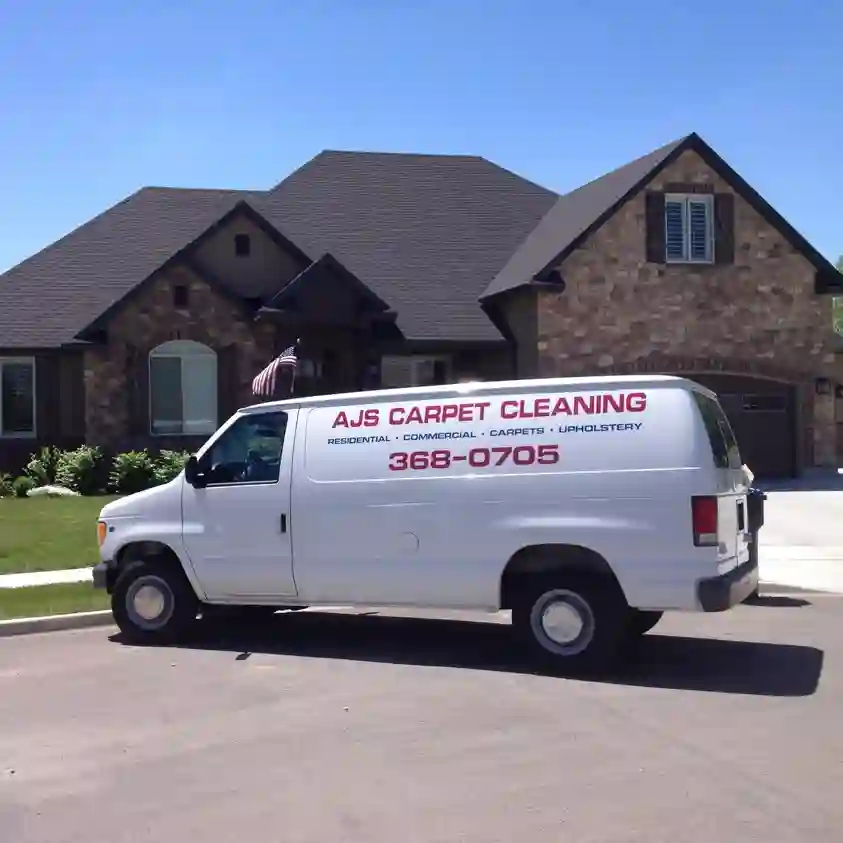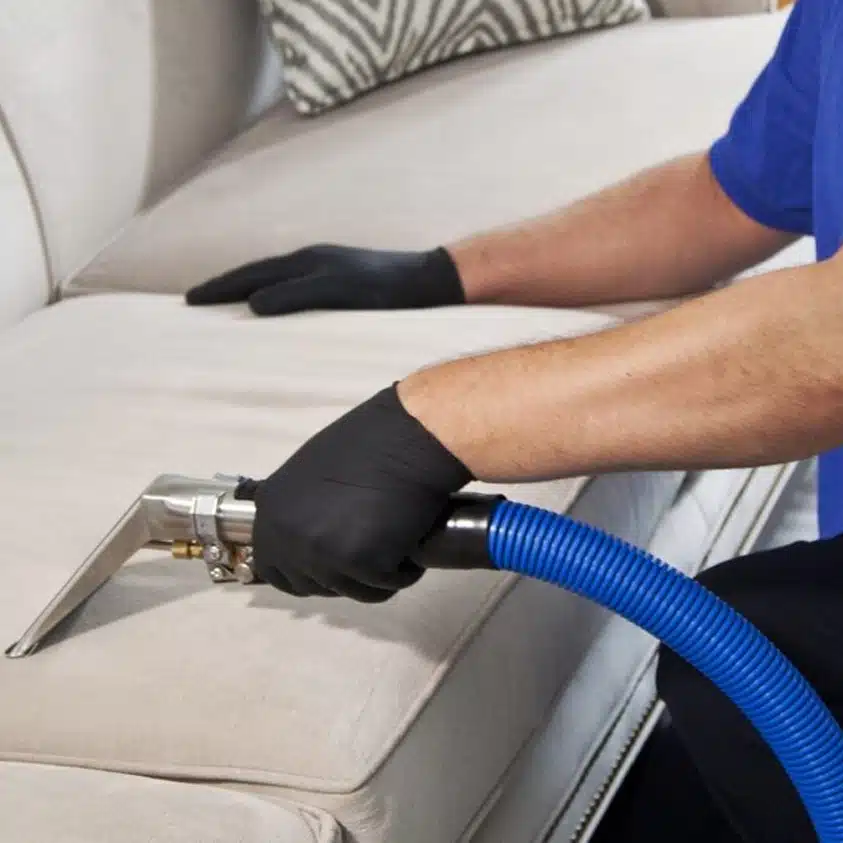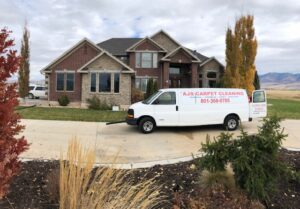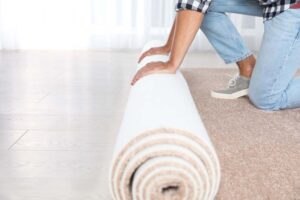Carpet Types and Drying Considerations:
Carpets add warmth, comfort, and visual appeal to any space. However, they are also susceptible to water damage and stains, which can necessitate thorough cleaning and drying. Different carpet types have unique characteristics that impact the drying process, including the materials they are made of, their structure, and their fibers. Here we will look at four common carpet types – nylon, polyester, olefin, and wool – and offer guidance on how to properly dry each.
Nylon Carpets
Nylon carpets are known for their durability and resilience, making them a popular choice for high-traffic areas in homes and offices. Their fibers have a relatively quick drying time, which is advantageous in situations where a rapid return to normal use is desired.
To facilitate the drying process for nylon carpets, ensure proper ventilation by opening windows and doors, and employ the use of air movers to speed up the process. Additionally, consider using low-heat drying methods to prevent damage to the carpet fibers.
Polyester Carpets
Polyester carpets boast excellent stain resistance, making them an attractive option for spaces prone to spills and messes. However, they may take longer to dry than their nylon counterparts. To expedite the drying process for polyester carpets, combine the use of air movers, fans, and dehumidifiers.
This trio of equipment can help remove excess moisture from the carpet and the surrounding air, reducing the risk of mold and mildew development.
Olefin Carpets
Olefin carpets are another popular choice, as they dry quickly due to their moisture-resistant fibers. This characteristic makes them well-suited for damp environments or areas prone to water exposure. However, olefin carpets can be susceptible to matting, so it is essential to exercise caution about foot traffic during the drying process.
To protect the integrity of the carpet fibers, use air movers and fans to circulate air and prevent the carpet from becoming overly saturated.
Wool Carpets
Wool carpets are a luxurious and eco-friendly option, as they are made from natural fibers. They are also naturally moisture-absorbent, which means they require longer drying times compared to synthetic carpets. It’s crucial to avoid over-wetting wool carpets, as this can lead to shrinkage, discoloration, and damage to the fibers.
When drying wool carpets, use low-heat drying methods such as air movers, fans, and dehumidifiers to gently remove moisture while preserving the carpet’s appearance and structural integrity.
Regardless of the type of carpet, the essential first step is to extract as much moisture as possible during the final cleaning step. Many different kinds of cleaning wands may be used. However it is essential to ensure that wands and filters are never clogged up, as that would reduce the vacuum suction. And so, the drying efficiency of the system would be severely impaired.










